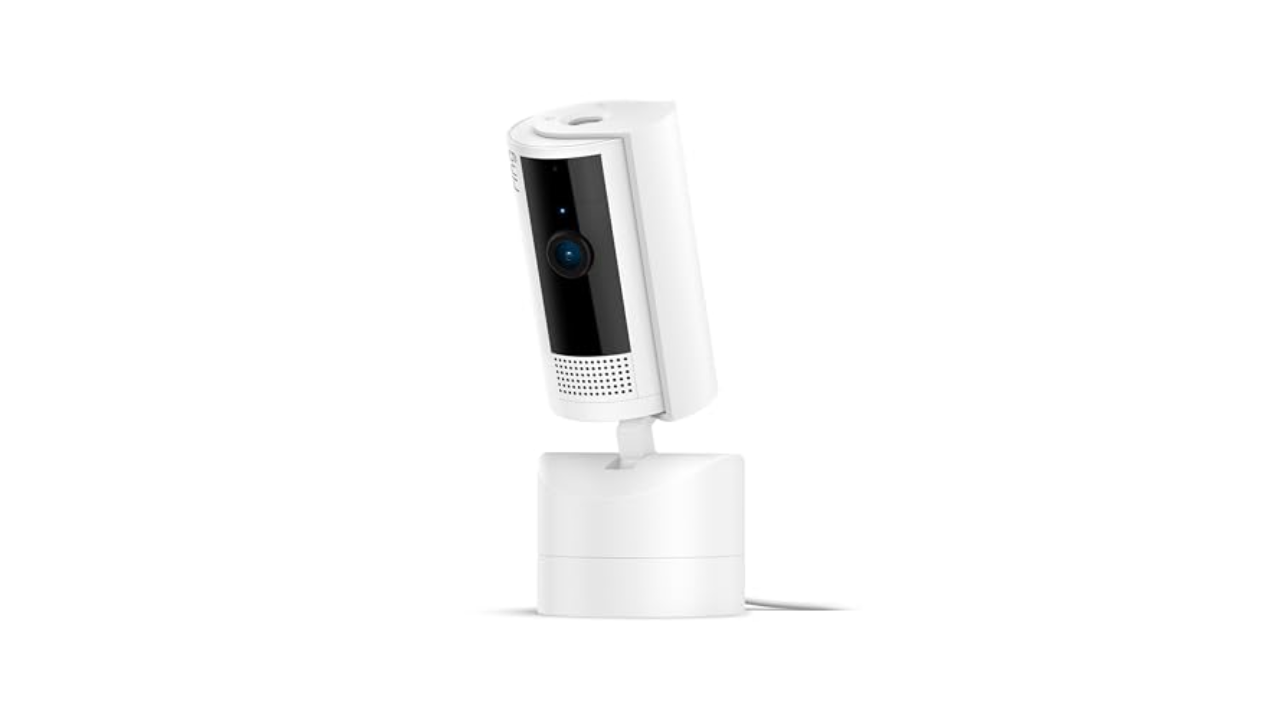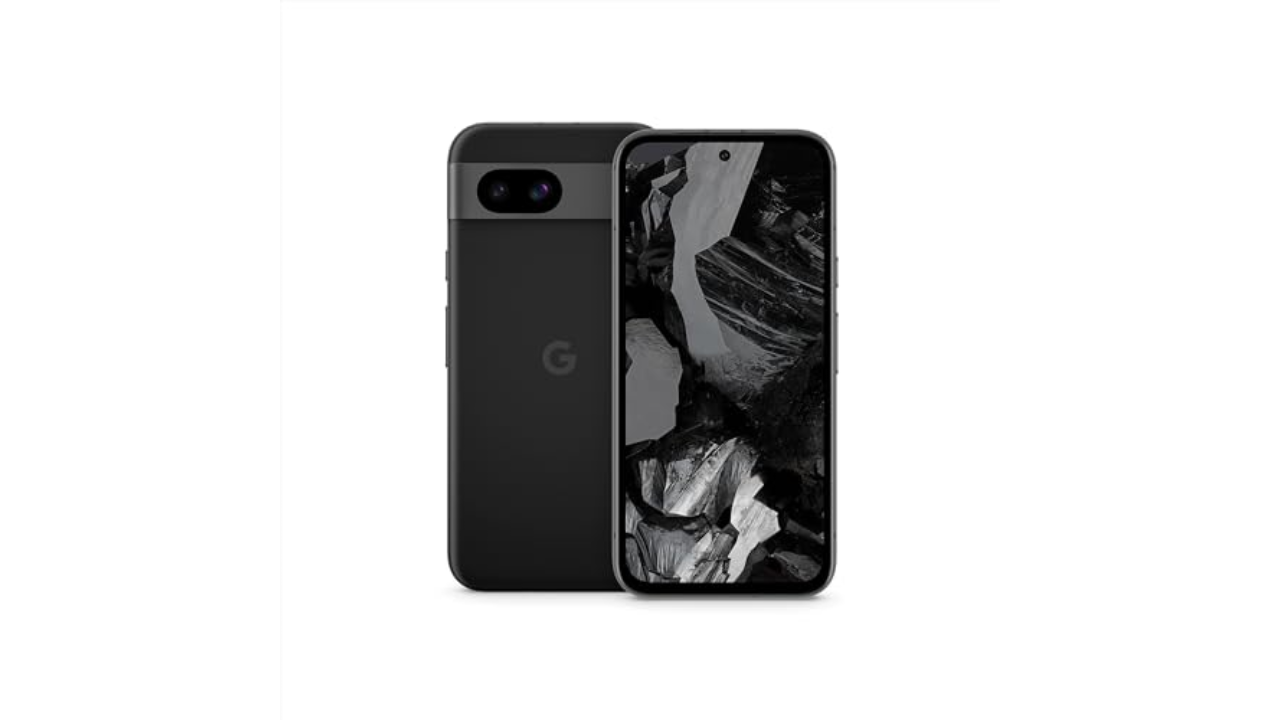A set of features rolling out to Google Photos today will make it much easier to declutter your photo library, the company announced in a . Google Photos will now automatically identify similar photos that you took in rapid succession – helpful for those times when you clicked 50 shots of that gorgeous sunset to get the one perfect frame you will never look at again – and group them in a single “stack” to clean up your library.
The service will select a top pick that best represents the moment, but you can manually choose an image you want too. If you prefer to have multiple sunsets littering your library, you can turn off stacking.
Photos will also automatically organize your pictures, separating IDs, receipts, and tickets into different albums, a feature that seems like it should have been there ages ago given how good Google Photos is at recognizing what’s in your images. You can also add an event to your calendar directly from a screenshot or a photo of a ticket, which seems really useful.
Unsurprisingly, Google says that all these features are powered by AI, something that the company has lately been into all its products in general. Google Photos, however, has always been powered by AI. For years, the service sucked up all your photos and stored them in exchange for its machine learning algorithms on them to be able to recognize their contents. That’s why you can search Google Photos for pictures of dogs or the beach, for instance, so easily (Google stopped providing free storage for Photos a couple of years ago).
Earlier this year, Google another AI-powered feature to Photos that creates personalized scrapbook montages. Google’s algorithms sort your photos into relevant categories and create titles that you can modify if you want. Google also lets people use AI to easily make edits, such as removing unwanted people or objects from photos.
This article originally appeared on Engadget at https://www.engadget.com/google-photos-has-new-ai-powered-features-to-clean-up-your-library-204512642.html?src=rss
Credit: Source link










